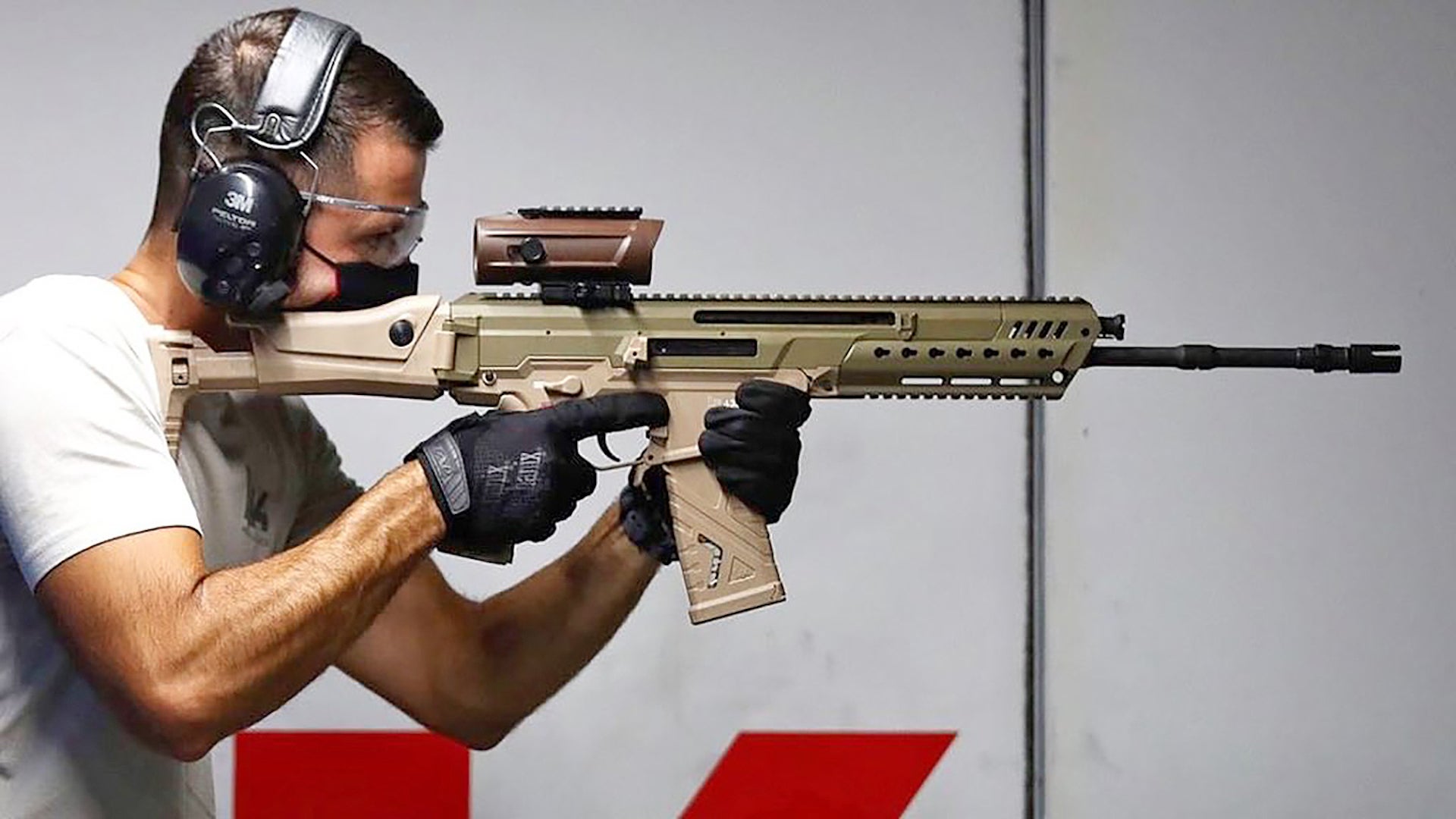Famed German gun-maker Heckler and Koch looks to be positioning its highly-modular HK433 assault rifle as a ‘European’ alternative to its already very popular HK416 series, which is derived from the American AR-15/M16/M4 pattern of rifles. The futuristic-looking HK433, which was first unveiled five years ago and may finally be close to entering large-scale production, was intended to combine the best attributes of the HK416 and the company’s G36 assault rifle family. However, the new gun has a number of distinct features that would make it more familiar to individuals with experience using the G36, or other older Heckler and Koch designs, and therefore be more attractive to them as a replacement.
Daniel Terrill, the gear editor over at our sister site Task & Purpose, posed questions The War Zone had provided to Robbie Reidsma, the Defense Program Director at Heckler and Koch’s American subsidiary, HK USA, about the HK433 and the HK416 on the floor of the 2022 SHOT Show in Las Vegas, which opened on Tuesday and wrapped up Friday. Make sure to check out the new social media channel for Task & Purpose‘s ‘Gear Locker’ with more info from SHOT Show and the latest in gear here.
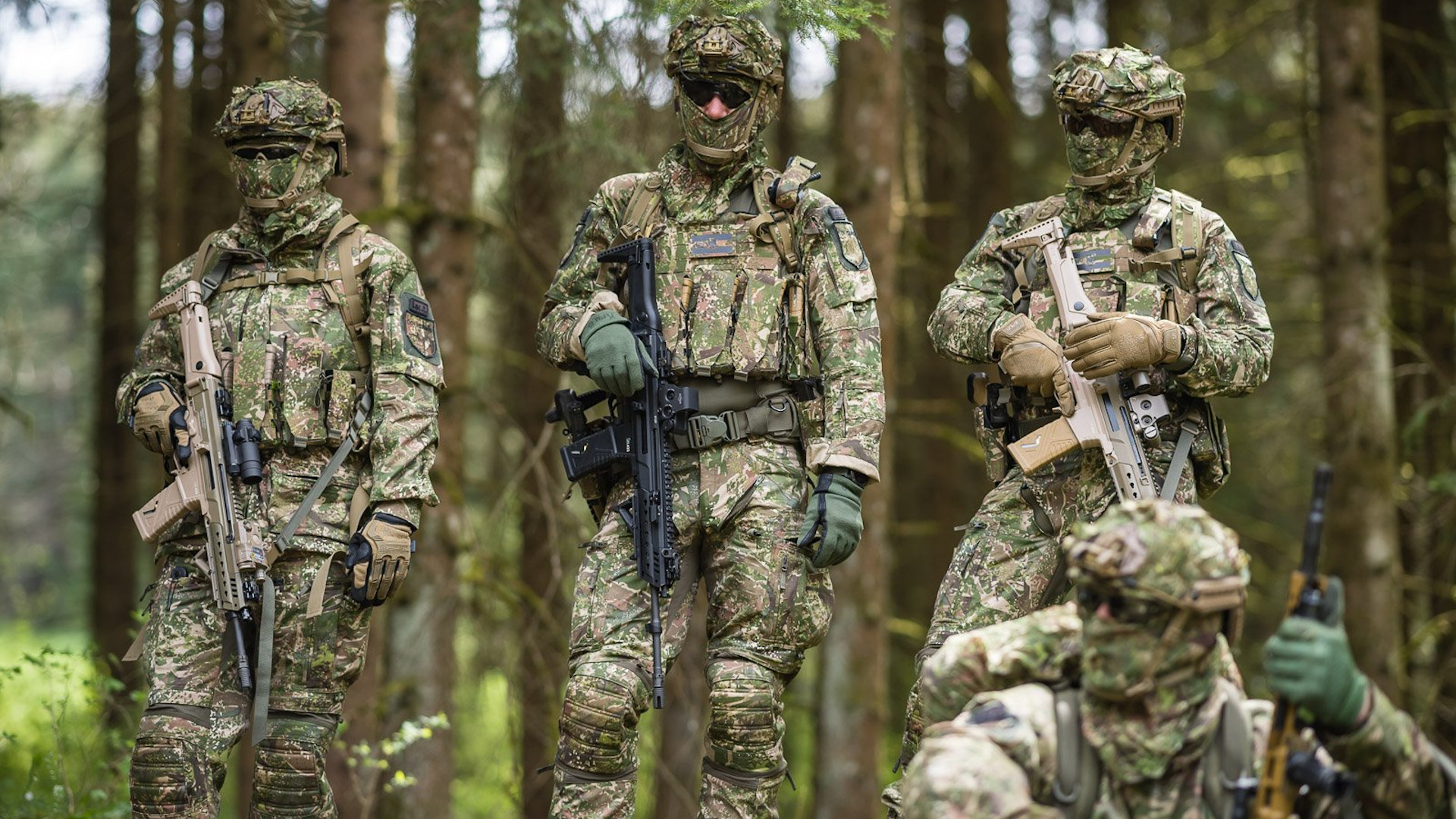
“It’s more over in Europe at the moment. They came out with it a while back. They weren’t sure if they were going to go into production with it at the time,” Reidsma explained about the current state of the HK433. “It looks like they are now.”
Heckler and Hoch first revealed the existence of the HK433 with relatively little fanfare in January 2017 and the gun has gone through a number of developmental iterations since then. Still, the HK433’s core design aspects, which you can read more about here, have remained relatively unchanged.

The HK433, like the HK416 and the G36, uses a gas piston operating mechanism that siphons off a portion of the propellant gas during firing to cycle the action via a short-stroke gas piston arrangement. This helps keep particulate matter away from internal components, reducing the chance that they might foul up the gun and cause it to jam. This is notably different from the direct impingent (DI) operating system, which uses the gas itself to move the internal components, found on traditional AR-15/M16-type rifles.

The HK433’s most central feature is its modularity, being designed from the ground up with a quick change barrel system and the ability to use interchangeable trigger packs that have controls similar to those on the HK 416 or the G36. Some of these design aspects look to have come, at least in part, from other HK programs, especially the abortive XM8 rifle.
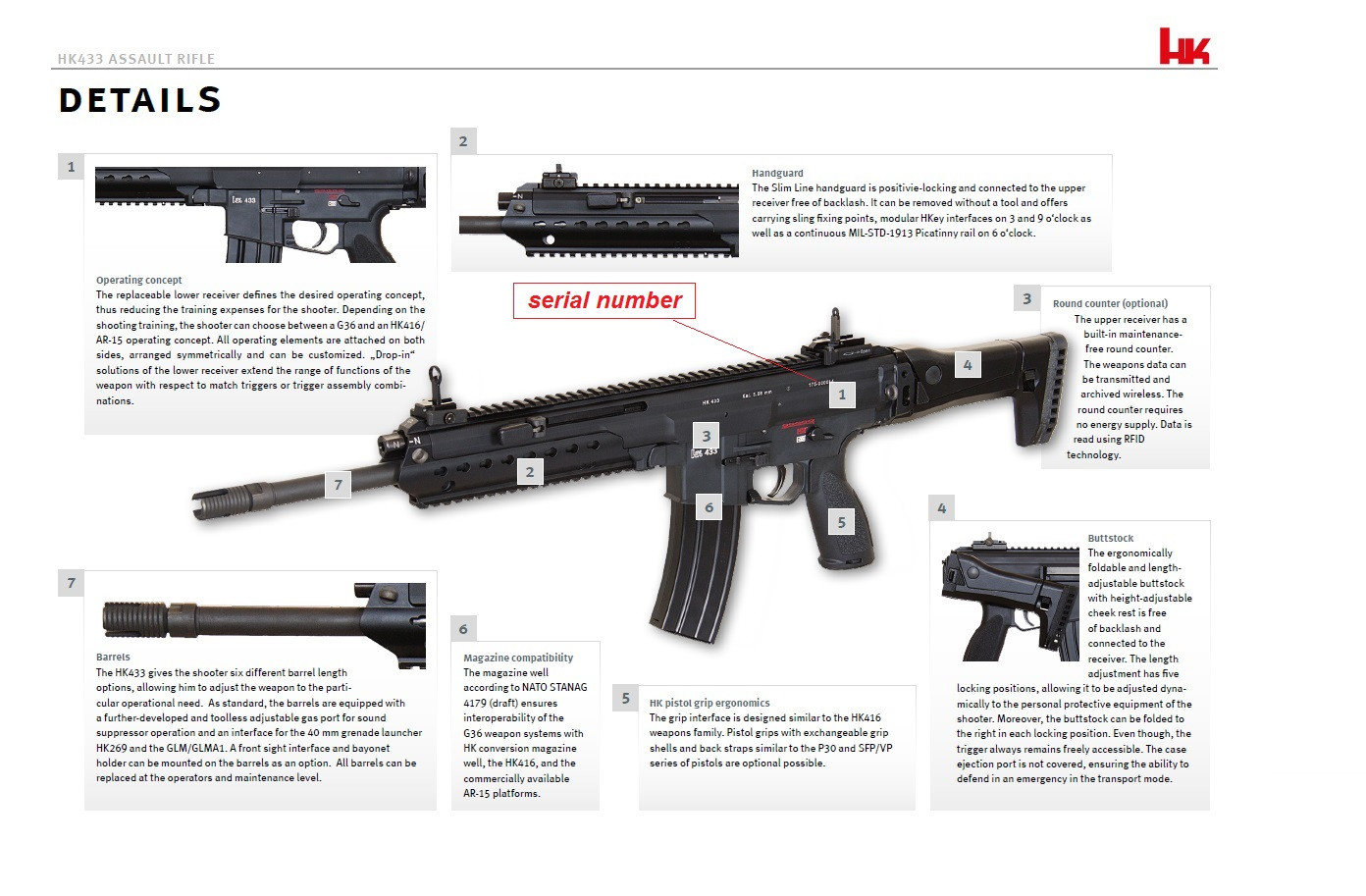
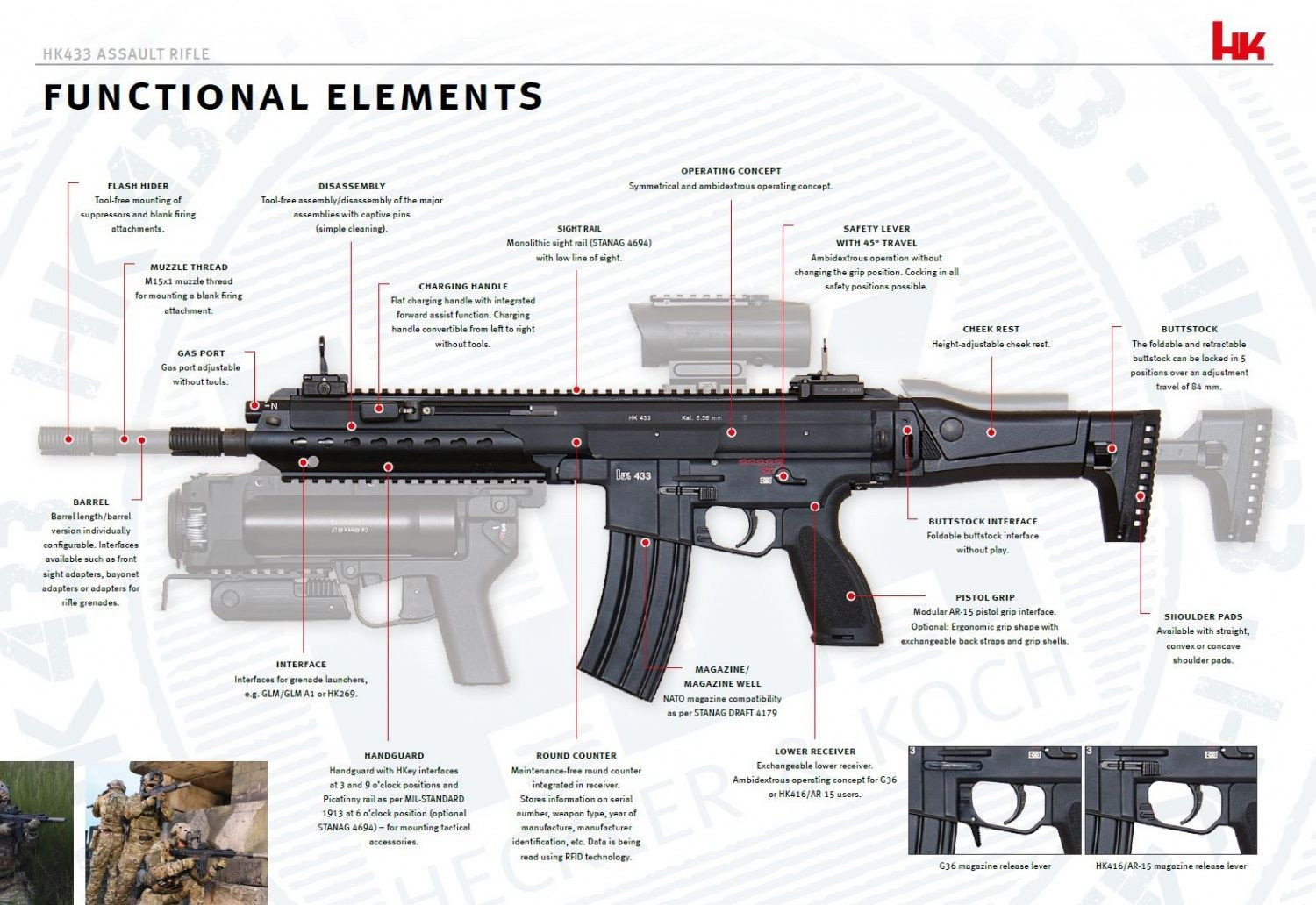


Heckler and Koch’s plan has been for the gun to be able to be reconfigured to fire very different rounds with relatively simple conversion kits, as well. The default version is configured to fire NATO-standard 5.56x45mm, just like the HK416. The company has talked in the past about the possibility of versions chambered in the larger NATO-standard 7.62x51mm round, just like its larger HK417 rifle, a derivative of the HK416, or the Soviet-designed 7.62x39mm cartridge.
HK has also been developing versions of the HK433, as well as the HK416 and the G36, chambered to fire .300 Blackout, a cartridge that was specifically designed to remain both accurate and powerful even when fired from short-barreled guns, including those fitted with suppressors. Specialized subsonic versions of that cartridge, which you can read more about here, are available, as well as ones that have similar performance to the 7.62Xx39mm cartridge that the AK-47 series famously uses.
Heckler and Koch certainly has touted the HK433’s high degree of modularity and its newer overall design as an advancement over some comparable assault rifles on the market now. It’s a “phenomenal system,” Reidsma said.
At the same time, from a basic functionality perspective, the HK433 and the HK416 are extremely similar. For instance, they both fire the same round in their default configurations and have roughly comparable weights when fitted with similar length barrels. Both types can be set up to accept a wide array of accessories on multiple attachment interfaces on the tops of their receivers and their handguards.
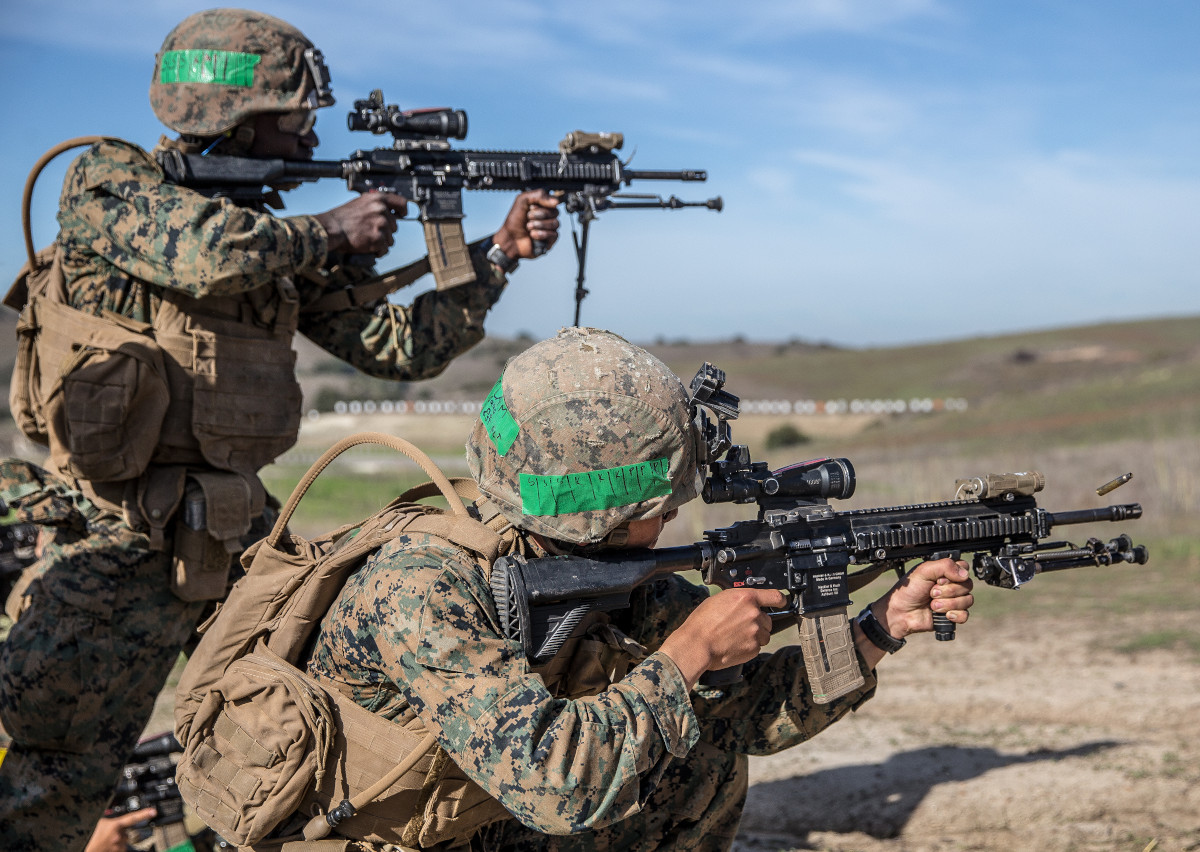
“When you start looking at it from a law enforcement standpoint or a military standpoint, the security forces standpoint, the system, from a lethality or capability standpoint, they both perform kinda the same – it’s the same caliber round, it’s in a similar package,” Reidsma explained. “The packages are just designed differently.”
So, the question then becomes what potential customer would be interested in the HK433 over the HK416, which is already in production and has a growing user base. Development of what became the HK416 began in the late 1990s and involved close cooperation between HK and the U.S. special operations community, including the U.S. Army’s elite Delta Force. The gun gained particular fame for its use by members of SEAL Team Six during the raid that led to the death of Al Qaeda founder Osama Bin Laden in 2011. Versions of the rifle are now in widespread use across the U.S. Marine Corps now, as well, and have been adopted by many other operators around the world.
“The HK433 is going to be more like the G36,” Reidsma said, highlighting how groups that use guns from that family might be more inclined to transition to HK’s newest rifle rather than the HK416.
He also pointed out that military and law enforcement groups armed with older HK products, including the MP5 submachine gun, might be equally interested in the HK433 due to the general similarities in their controls. The HK433 notably features a forward-mounted charging handle that is reminiscent of the one on the MP5, as well as those found on other older HK designs, like the G3 and HK33 rifles.
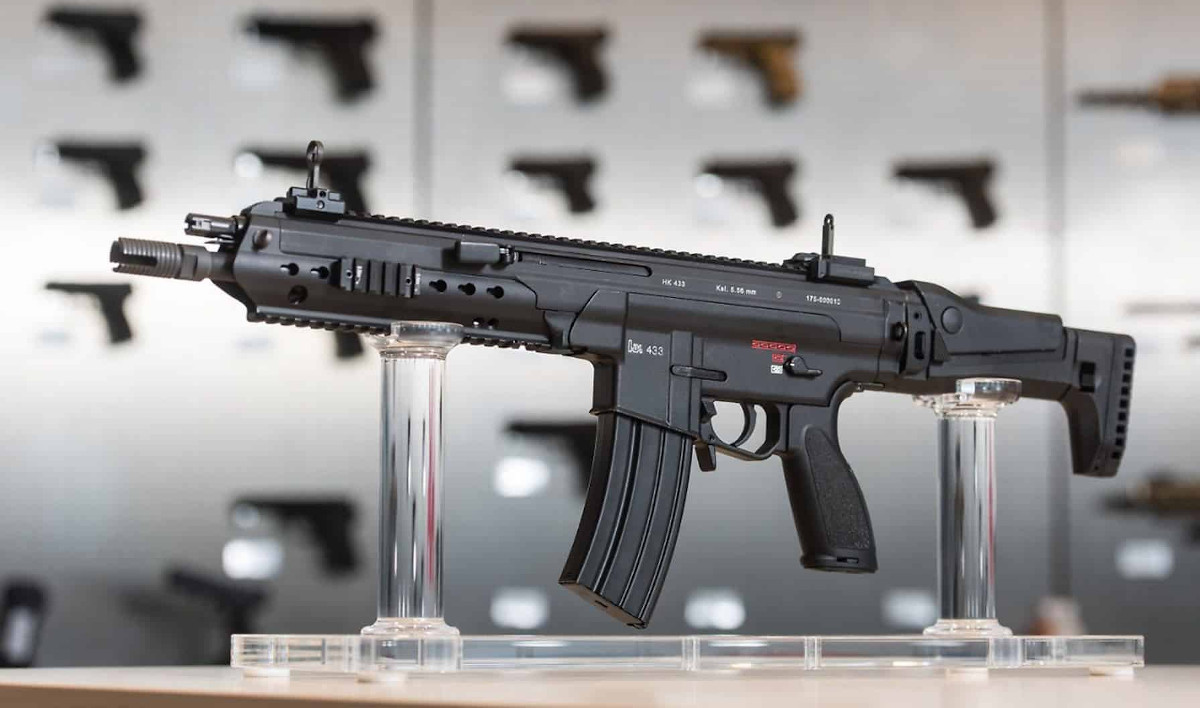

This is all certainly in line with HK’s first big attempt to sell the rifle, the German Army’s competition seeking a new standard service rifle. In 2020, the German Army selected the MK556, an AR-15/M16 derivative similar to the HK416 made by a different German company, C.G. Haenel, as the winner of that tender. However, that purchase plan was subsequently scrapped amid questions about whether C.G. Haenel had breached German law and infringed on patents relating to their gun, as well as its magazines.
German authorities ultimately barred C.G. Haenel from a rebooted competition to secure a replacement for the German Army’s G36 rifles. HK is now favored to win that deal, possibly with a version of the HK416 rather than the HK433. Unfortunately, legal battles now seem to have frozen the entire process. German special operations forces have already adopted a version of the HK416, known as the G95K.
Whatever happens with the German military contract, there are a number of other military and police forces, especially in Europe, that use G36 variants, as well as other older HK guns, that could be potential customers for the HK433. It could even be seen as a direct competitor to the FN SCAR, as it has similar features, among other rifles. Civilian shooters, especially in the United States, might be another target audience to market versions of the HK433 to, though Reidsma said that he expected the gun to remain a primarily European offering for the immediate future. He did also make clear that HK is a “customer-oriented” company that is happy to work with government clients, in particular, to craft versions of the guns in any of its product lines to best meet their requirements.
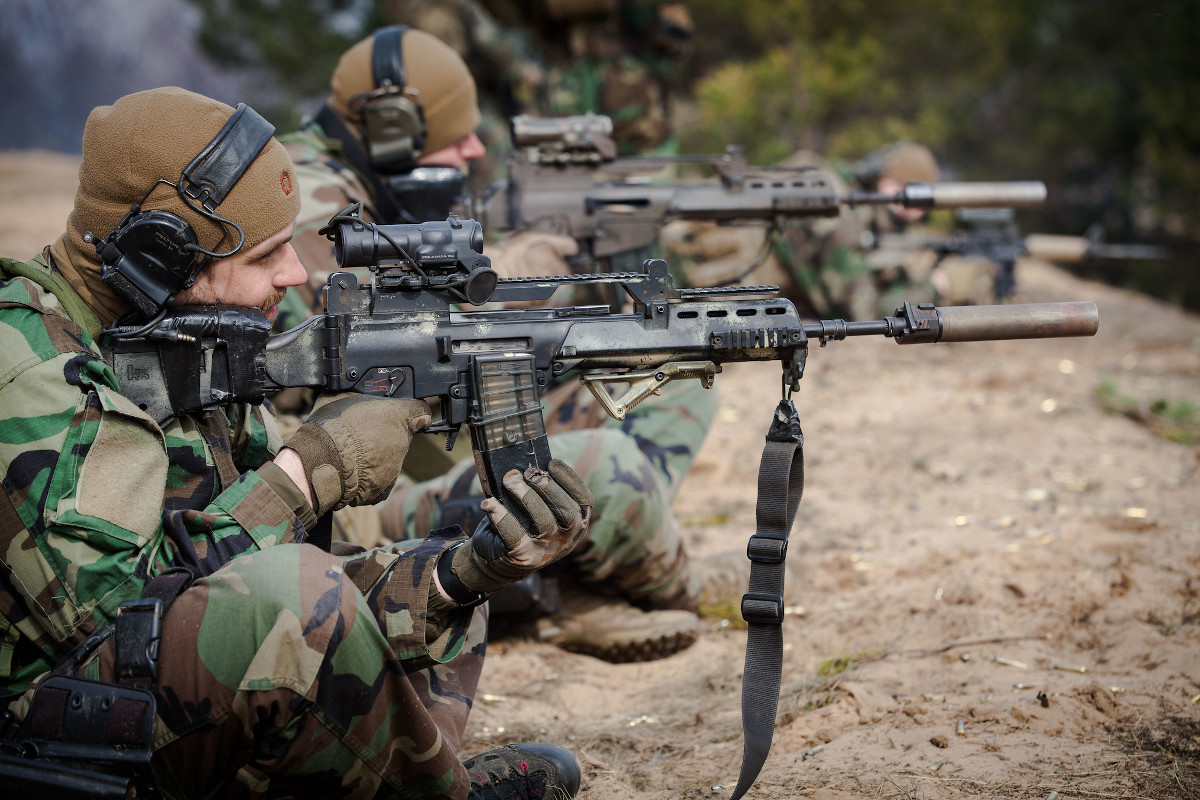

“Some people like Porches, some like Ferraris,” Reidsma said. “They both go really fast, they’re sexy, but everybody’s got a little different flavor.”
Whether or not the HK433 stays a primarily European-focused offering, or not, it is an intriguing design and it will be interesting to see how the project continues to evolve.
Contact the author: joe@thedrive.com
